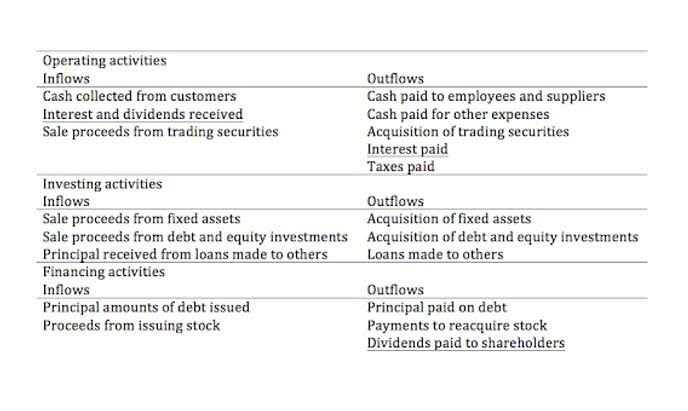January 31st, 2025
Electronic Funds Transfer Explained: EFT Payment Definition and Types
by Phong in Bookkeeping
January 31st, 2025
by Phong in Bookkeeping

Apps like Cash App, PayPal and Venmo make it easy to send funds from person to person in a flash. These peer-to-peer (P2P) payment systems use EFT technology to move money. This guide explains the fundamentals of EFT payments, how they work, and why they’re essential in today’s financial ecosystem. All types of EFTs transmit money electronically, but some types are faster than others and each type serves a different purpose. VoPay’s Fintech-as-a-Service platform enables software applications to embed payments and financial services into their core solution without building and maintaining complex infrastructure. Whether you’re what is an eft looking to automate payments, reduce costs, or scale your operations, VoPay delivers flexible, compliant EFT solutions tailored for modern business needs.
They’re typically for business transactions from one country to another, international money transfers, and other types of cross-border payroll payments. EFT payments encompass all payment transactions conducted electronically. Perhaps the most commonly known EFT payment type is credit and debit card transactions. Unless your business is intentionally cash-only, you’ll likely need to accept the major card brands such as Visa and MasterCard to stay in business. EFT transactions also include ATM withdrawals using debit cards with a personal identification number (PIN).

Electronic Funds Transfer (EFT) is a way to move money electronically between bank accounts. EFTs cover a range of payment types, including direct deposits, ACH transfers, wire transfers, eChecks, and even debit card transactions. With EFT, payments happen without the need for cash or paper checks, saving time and reducing the risk of human error. At its core, Electronic Funds Transfers (EFTs) are digital transfers of money between bank accounts without the use of paper checks or cash.

Another misconception is that EFT payments expose businesses to higher levels of risk. While no payment method is entirely risk-free, EFT payments are generally safer than checks, as they reduce the risk of fraud and theft. The Electronic Fund Transfer Act (EFTA), passed in 1978, provides regulations and protections for consumers using any form of electronic fund transfer. It offers means to rectify errors and limits consumer liability in the event of a lost or stolen card.

EFT payments can be processed without the direct involvement of bank employees because they are initiated through digital Medical Billing Process channels with the help of algorithms. To send a payment via EFT technology, the payer must initiate the transfer through an Internet payment terminal. Then, the payer’s bank sends a request to the payee’s bank, which will proceed to verify the account details and receive the payment.

As businesses look to adopt optimized payment methods, EFTs drive modern transactions, eliminating reliance on traditional paper checks. This shift towards digital processes advances the banking landscape, streamlining routine payment activities into faster, smoother electronic transactions. EFT (Electronic Funds Transfer) is a broad term that refers to the electronic transfer of money between accounts. This includes various methods like direct deposit, Interac e-Transfer, and pre-authorized debits.
January 31st, 2025
by Phong in Bookkeeping
See more:
December 10th, 2021
Cloud Composer – Terraform Deployment by Patryk Golabek in Data-Driven, Technology
December 2nd, 2021
Provision Kubernetes: Securing Virtual Machines